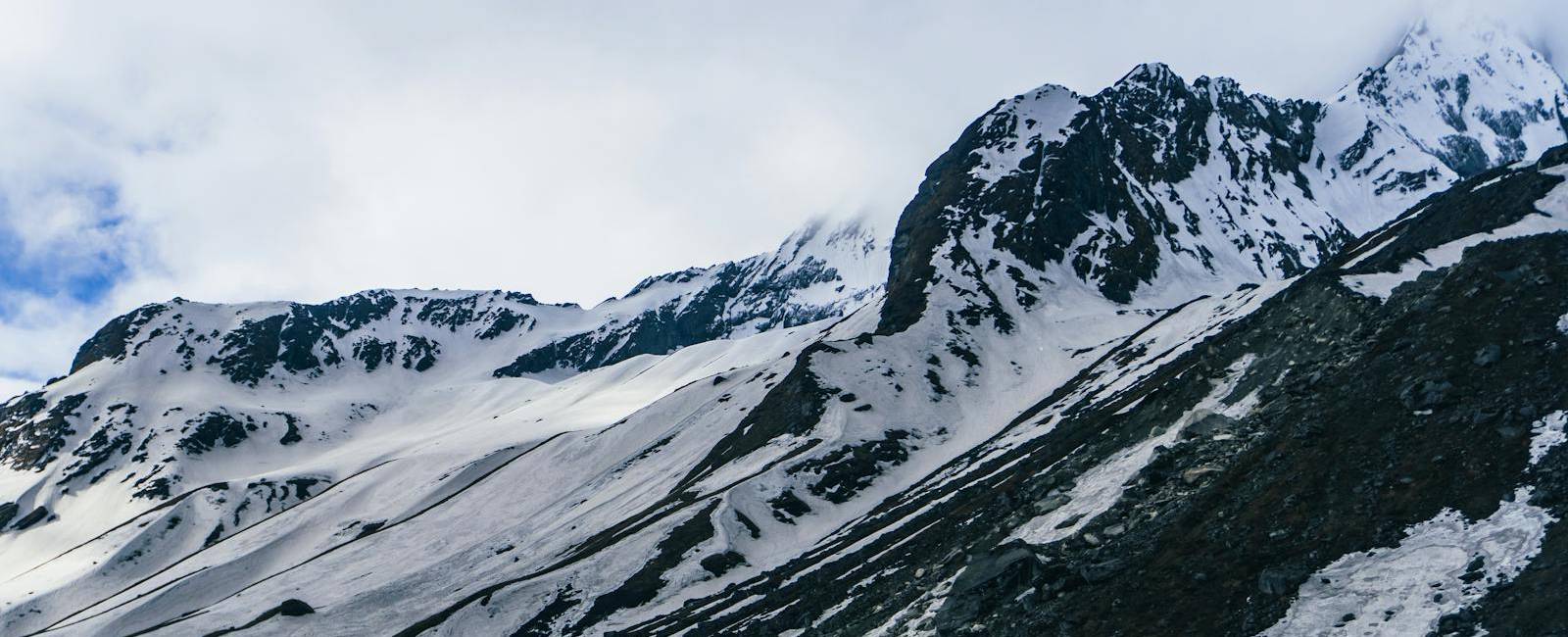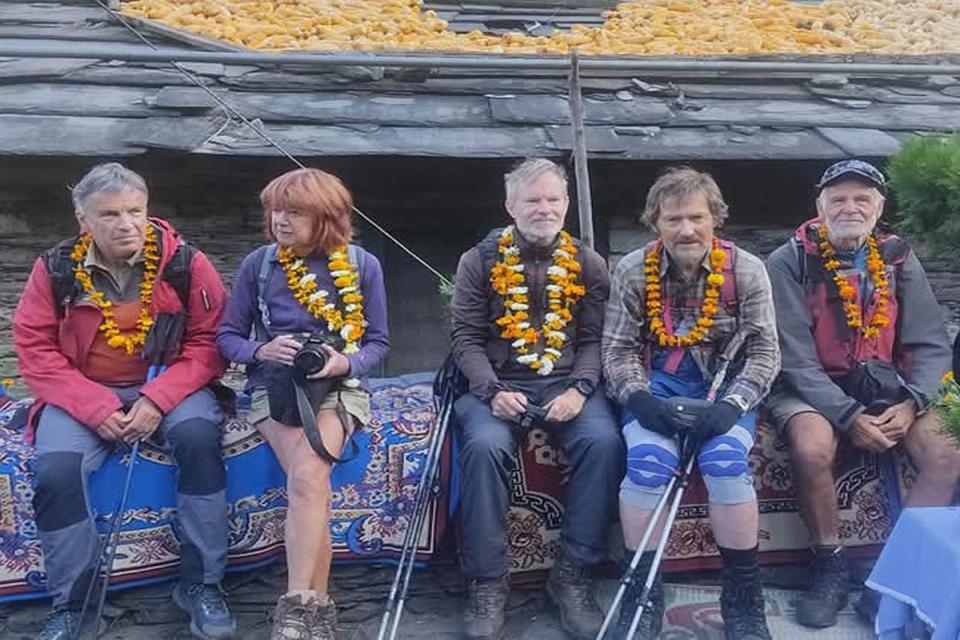The API Himal Base Camp Trek is a challenging yet rewarding adventure, offering breathtaking views of the pristine Himalayan landscape. Located in the far-western region of Nepal, this trek takes you through remote villages, dense forests, and high-altitude terrain. As you ascend towards the base camp, you’ll experience dramatic changes in the environment, from subtropical valleys to alpine meadows, and eventually, the harsh, snowy conditions near the base of Api Himal.
Due to the remoteness and high-altitude nature of the trek, it’s essential to be well-prepared with the right equipment. Proper gear ensures your safety, comfort, and well-being throughout the journey. From trekking boots to sleeping bags, the right equipment will make all the difference in ensuring a smooth and successful trek. So, here is the detailed equipment/gear list that you will need for this wonderful trek:
Clothing
Upper Body
-
Base Layers: Moisture-wicking thermal layers to keep you dry and warm.
-
Quick-drying, Moisture-wicking Shirts: Helps maintain comfort and dryness during long trekking days.
-
Fleece or Down Jacket: Keeps you warm in cold temperatures, especially during the evening or at higher altitudes.
-
Waterproof Jacket: Essential for protection from rain and wind, keeping you dry and comfortable.
-
Sun Hat/Cap: Protects your face from the harsh sun, especially at higher altitudes.
Lower Body
-
Quick-drying, Moisture-wicking Pants: Helps maintain comfort and dryness during trekking.
-
Trekking Pants: Durable, lightweight, and comfortable for hiking.
-
Waterproof Pants: Essential for keeping your lower body dry during rain.
-
Lightweight Thermal Clothing: Adds warmth for colder regions, especially in the evenings and mornings.
-
Gaiters: Prevent dirt, snow, and debris from getting into your boots, keeping you clean and comfortable.
Hands
-
Warm Gloves: To keep your hands warm in cold conditions.
Feet
-
Trekking Boots: Waterproof, sturdy boots provide comfort and support on rocky, uneven terrain.
-
Trekking Socks: Wool or synthetic socks for warmth, moisture-wicking, and preventing blisters.
Sleeping Gear
-
Sleeping Bag: A four-season sleeping bag rated for -15°C to -20°C, to ensure you stay warm in cold nights.
-
Sleeping Pad: Adds extra insulation and comfort when sleeping on the ground or in a tent.
Trekking Equipment
-
A Lightweight & Comfortable Daypack: For carrying essential items like water, snacks, camera, and a light jacket on daily treks.
-
Duffel Bag: A larger bag for porters to carry the majority of your gear, leaving your daypack for essentials.
-
Trekking Poles: Provides stability and reduces strain on your knees, especially on steep or uneven trails.
-
Headlamp/Flashlight: Essential for navigating in low-light conditions, especially at campsites.
Personal Items
-
Water Bottle: A 1L-2L reusable water bottle to keep hydrated on the trek.
-
Water Purification Tablets: Ensures you have access to clean drinking water on the trail.
-
High SPF Sunscreen: Protects your skin from harmful UV rays at high altitudes.
-
Lip Balm: Prevents chapped lips from sun exposure and cold temperatures.
-
Insect Repellent: Helps protect against mosquitoes and other insects in the region.
-
Toiletries: Toothbrush, toothpaste, biodegradable soap, and other essential hygiene items.
-
A Lightweight & Quick-drying Towel: Useful for hygiene and drying off after a shower or rainy conditions.
Health and Safety
-
First Aid Kit: Include bandages, antiseptic cream, and any personal medications.
-
Altitude Sickness Medication: Necessary for combating altitude sickness in higher altitudes.
-
Pulse Oximeter: A portable device to measure oxygen levels in the blood, helpful in monitoring altitude sickness symptoms.
-
Hand Sanitizer: For maintaining hygiene when water is not available.
Camera and Electronics
-
Camera/Smartphone (Optional): To capture the breathtaking views and your trekking journey.
-
Extra Memory Cards and Batteries (Optional): Essential for storing photos and ensuring your camera stays powered.
-
Power Bank: Keeps your electronic devices charged, especially when access to electricity is limited.
-
Travel Adapter: Necessary to charge your electronics when staying in lodges with electrical outlets.
Documents
-
Passport: Required for international travel and for trekking permits.
-
Trekking Permits: Essential for accessing restricted trekking areas in Nepal.
-
Travel & Health Insurance: Provides coverage for any emergencies or unexpected events during your trek.
Miscellaneous Items
-
Snacks: High-energy foods like protein bars, trail mix, or dried fruits for quick energy during the trek.
-
Notebook/Journal: For documenting your experiences, thoughts, and memories on the trail.
-
Plastic Bags: To keep smaller items dry or for carrying trash on the trail.
-
Cash (Nepalese Rupees): For purchasing items along the way or tipping porters and guides.
-
Sunglasses: Protect your eyes from the harsh sun and glare at high altitudes.
The Api Himal Base Camp Trek is an adventure that will take you through some of the most stunning and remote landscapes in Nepal. While the trek offers unparalleled natural beauty and cultural experiences, it also presents challenges due to its high altitude and rugged terrain. Having the right gear is crucial for your safety and enjoyment. It ensures you're protected from the elements, stays comfortable, and can focus on enjoying the incredible surroundings. So, equip yourself well, and get ready for an unforgettable trekking experience in the Himalayas!


